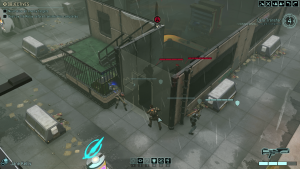Great memories
During my ongoing literature review I often discover interesting facts about things I’ve never thought about. Sometimes I can connect these facts with my own observations: The result is mostly a completely new idea why things are as they are. Maybe these ideas are new to you, too. Therefore I’ll share my new science based knowledge with you!
This week: This time, I think about the effect of old video games to bring back great memories we have experienced as we played them back in the days.
Recently, I watched a Let’s Play video showing the gameplay of „Donkey Kong Country“ which was published on November 1994 by Nintendo for the Super Nintendo Entertainment System (SNES). Watching this video and hearing the sound effects as well as music brought back amazing memories of my childhood as I played this game a lot in coop-mode with a friend. In addition, I was really surprised that the gameplay still seemed familar to me. Finally, watching this video also brought back memories of all the other entertaining SNES games I played more than 20 years ago.
The great thing about seeing the gameplay of old video games is that they have not changed since the were played back in the days. Over the period of 20 years, many things can have changed and often it can be hard to return to places which were important during our childhood. Naturally, great experiences are always vivid in our memories but we can rarely re-experience them. Of course, playing a 20 years old game will never cause the same experiences, but as it has not changed, it can immediately refresh our memories and bring back past times.
These past times are also connected to the moments we shared with our friends and families while we were playing those games together. In the end, a video game can act a bit as a time capsule as its content will never change. It could be really interesting to observe the effects of re-experiencing important video games on elderly people as childhood memories can help them to feel happy, to create a connection from their past to their current lives and to remember their identities. In the end, this could be very important for people who start to suffer from dementia.

